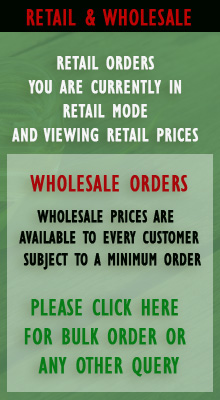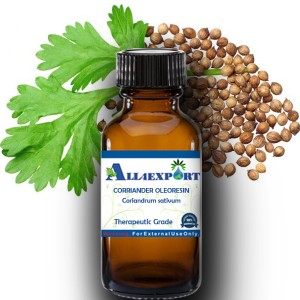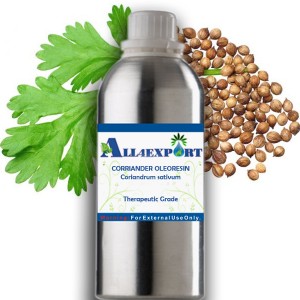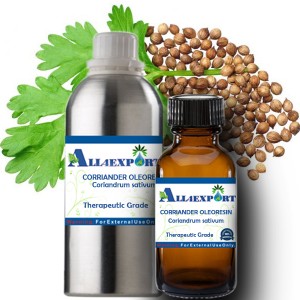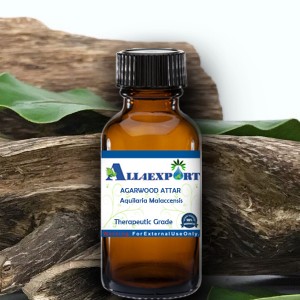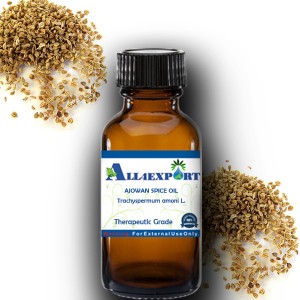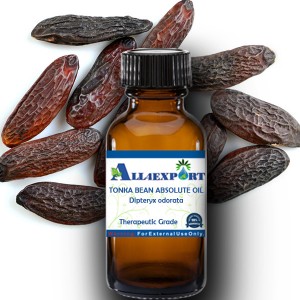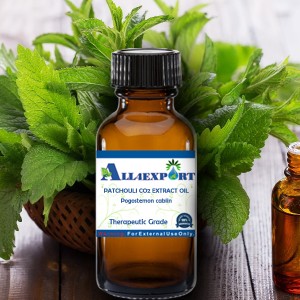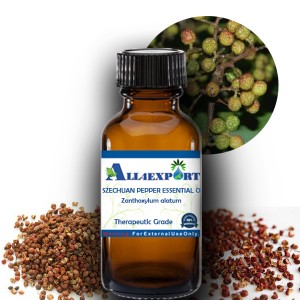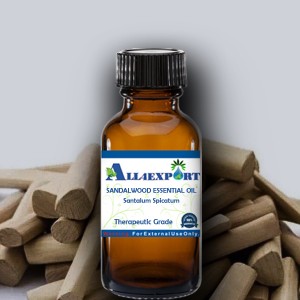| CORRIANDER OLEORESIN |
Botanical Name | : | Coriandrum sativum | Country of Origin | : | North Africa, Southwestern Asia | Solubility | : | soluble in water, insoluble in oil | Specific Gravity | : | 0.8769 @ 72°F | Optical Rotation | : | 8.77 | Refrective Index | : | 1.464 @ 72°F | Plant Part | : | Seed | Blend With | : | Not Applicable | CAS No | : | 8008-52-4 | Flash Point | : | 141°F | Extraction Method | : | Obtained by the cold pressing of the ripe dried seeds |
|
Description : Coriander, also known as Chinese Parsley, is among the oldest known spice plants. Coriander Oleoresin is mainly produced by solvent extraction from the fruits of Coriandrum sativum. After extraction the solvent is completely removed.
|
Constituents : Volatile oil content: 1,5 – 40% Solvent residue: max. 25 ppm Solvent: Hexane |
Uses : Coriander Oleoresin used as a fragrance in soaps and perfumes. It is also used by the food industry especially in meat products. This spice oleoresins find extensive use in number formulations, especially in snack seasonings. It is digestive, antispasmodic, anti-rheumatic.
|
Benefit : Coriander Oleoresin is a digestive stimulant. The oil contains linalool and other important terpenoids. Other active compounds in coriander include flavonoids, phenolic acids and mucilage (a soluble fiber). Coriander also contains a number of substances with mild anti-bacterial activity. |
Caution Note: Oleoresin is a powerful irritant, and even in minute quantities produces an intense burning sensation when it comes in contact with the eyes and tender parts of the skin.
All of the information and opinions that are provided on this web site are for informational and educational purposes only. This information is not intended to replace medical advice given by a medical practitioner. Anyone considering alternative therapies should consult with their medical professional before using an alternative method of healing. We do not give nor is any opinion on our web site medical advice.
|






